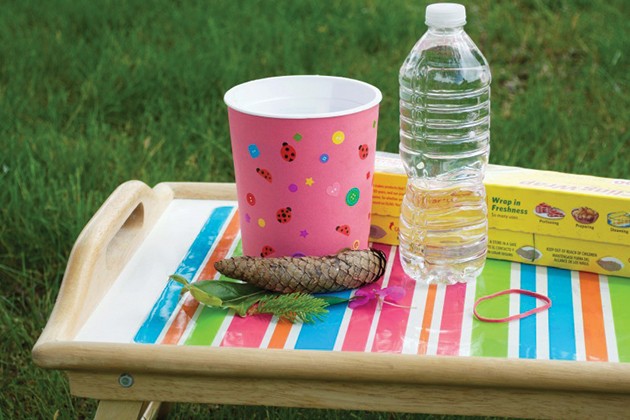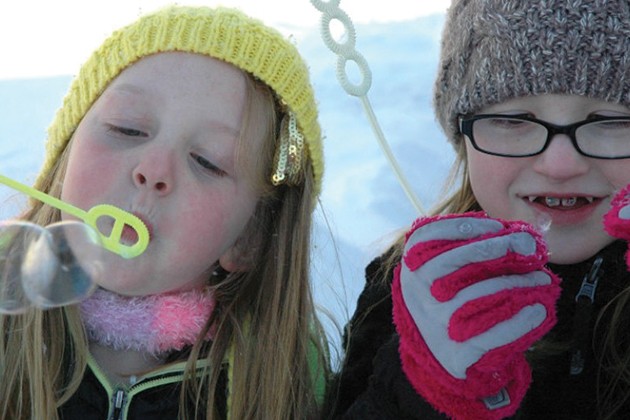6 Tips and Tricks to Help Your Child Relax

Everyone feels upset at times. It’s OK and natural for your child to feel angry, scared or sad. But those emotions don’t have to rule your child's mood.
Toddlers and small children, in particular, can melt down over the slightest snag (ever make the mistake of handing your child a cup that’s the “wrong” color?). But certain conditions can set off even the most go-with-the-flow kind of kid. Sometimes you must find out the hard way what situations are difficult for your child to handle, but common triggers include:
- Running and jumping (at times and places where it’s not appropriate)
- Shouting or making loud noises
- Being irritable and oppositional
- Being impulsive or aggressive
- Crying or throwing a tantrum
- Being unable to sleep or refusing to sleep
- Refusing to eat
- Shutting down and avoiding interactions with others
Use these 6 tips and tricks to help your child (and you!) relax and calm down.
1. Try taking “Bubble Breaths”
Have your child breathe in a lot of air through the nose. Then exhale slowly through the mouth as if blowing a big bubble. Repeat, blowing as many bubbles as your child needs to relax and feel more centered.
2. Use “The Squeezer” exercise
Encourage your child to put their hands at their sides and make tight fists. Slowly count to 10 and keep breathing as your child squeezes their fists hard. Then have your child release the squeeze. Slowly count to 10 again, this time as your child hangs their relaxed hands by their sides. Repeat as needed.
3.Play the “Watch It Go!” game
Tell your child to picture upset feelings as a big cloud right in front of you. Count backward slowly, from 10 to 0. With each number, tell your child to imagine the cloud floating farther away. When you get to 1, tell your child to imagine the cloud is barely visible. At 0, watch it "disappear."
It’s OK and natural for your child to feel angry, scared or sad. But those emotions don’t have to rule your child's mood.
4. Make a “Lots to Like” list
Help your child make a "lots to like list" by starting with questions like:
- "What are you good at?"
- "What do others appreciate about you? "
- "What actions have you taken that make you feel proud?"
Tape the list to the refrigerator and keep adding to it. Read the list often!
5. Set the mood for sleep success
Getting enough sleep can help your child feel calm and happy. For kids who are ages 6 to 13, that’s 9 to 11 hours of sleep each night.
6. Help a friend
Share a laugh. Lend a listening ear. Take a walk together. Give a hug or even just a smile. Make time to play. Watch a funny movie together.
Need more help calming your overexcited toddler? Head here for three tried-and-true tips to calm your toddler.
Helping generations of kids 6 to 12 grow into their best selves: Curious, Creative, Caring and Confident. Each Highlights magazine issue inspires imagination, expands their world view and keeps them challenged every month.









